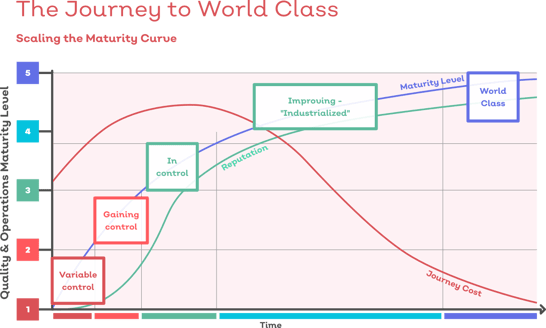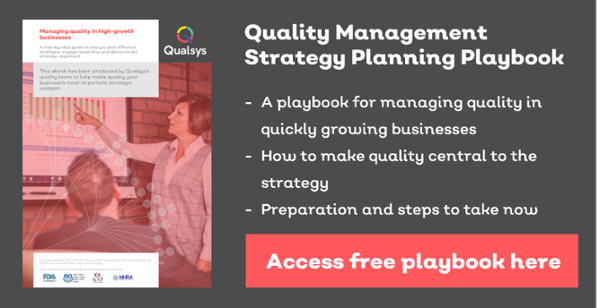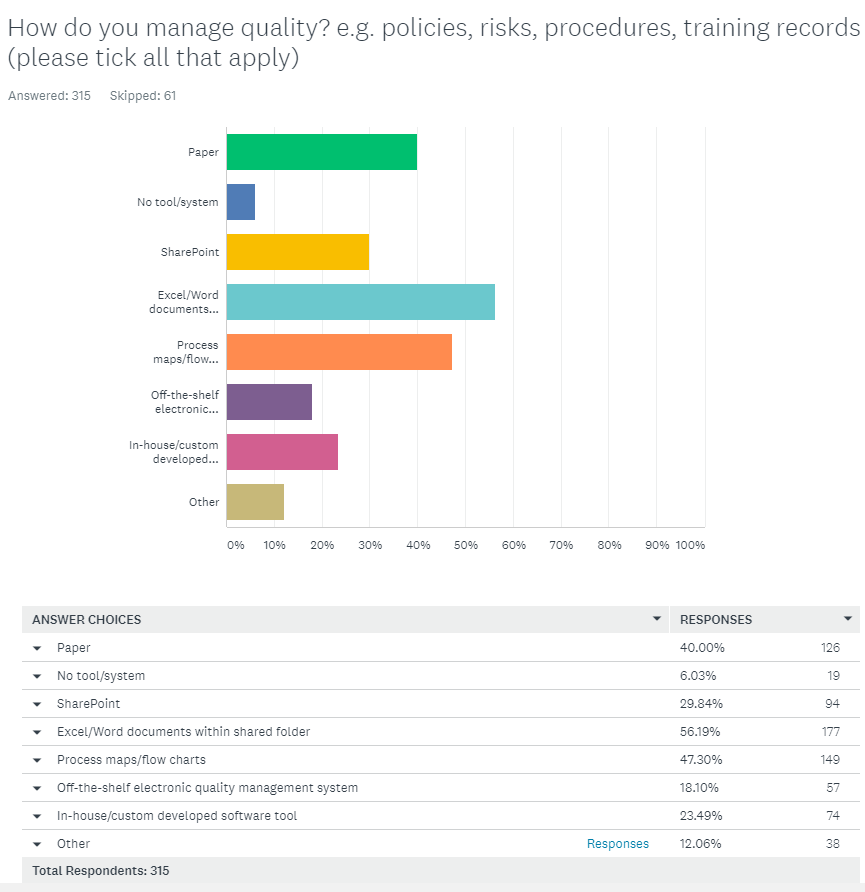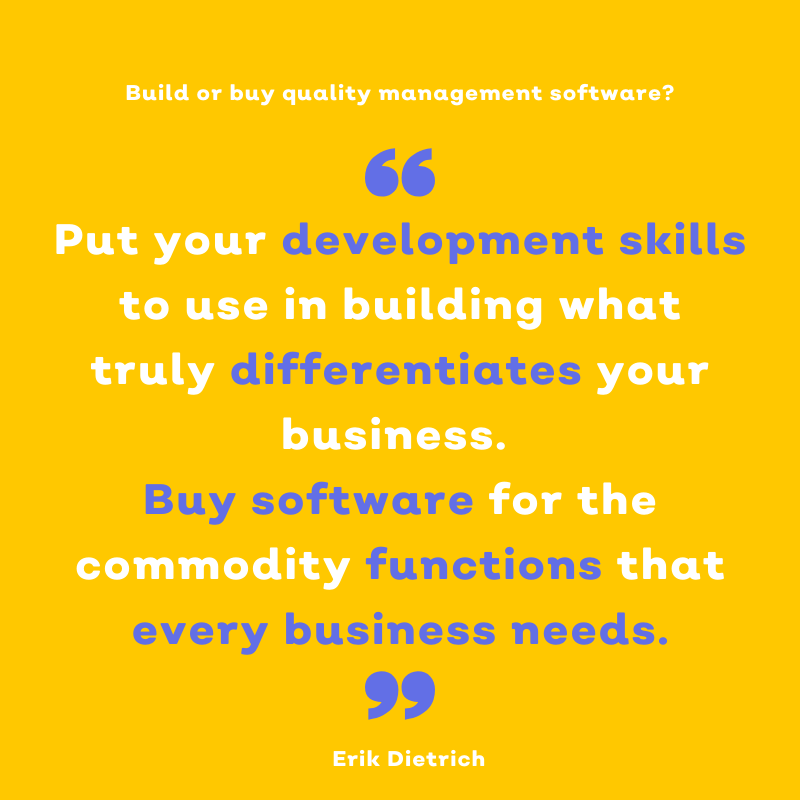Want to contribute to this article?
You've most likely got a quality management system in place which has kept the business going. Maybe you've even successfully got all your health and safety, information security, environmental, business continuity processes all managed from the same system. And it works well, right? But if your company is at the point where it will be merging or acquiring another company, or being acquired, you'll be feeling uncertain about what that means for you, your role and it can make it more difficult to make any significant plans.
Over the past 25 years, Qualsys has implemented over 700 management systems for both global conglomerates and smaller businesses. The one thing they've all had in common? Change is the only constant.
So when you've been told your company is planning a merger or acquisition, there will be a lot of groundwork for you to cover throughout the journey. Although exciting, it's probably one of the most challenging times for a quality team - not only do you need to bring all products, processes and procedures to a consistent standard, you need to manage organisational culture.
Each phase requires a successive layer of details. Here we've mapped out what you need to do prior to, during and after a merger or acquisition.

Phase 1: Prior to acquisition or merger
More than 40,000 mergers and acquisitions take place every year. These are strategic moves, usually led by leadership to rapidly expand into new territories, upgrade products or diversify the company portfolio into new markets.
Pre-deal, you'll want to make it as easy as possible to manage and control important documentation relating to:
- Legal
- Financial
- Commercial
A unified process and documentation management system with all this information, such as EQMS, provides the transparency leadership will need to demonstrate excellence to the other businesses, as well as effectively govern the business. Keeping this documentation controlled, with permission-only access will help you to keep your employees aligned, assets managed, and changes controlled.

Implement an integrated GRC management software system
Phase 2: Pre-close
During the merger or acquisition, you'll need to plan your QMS strategy. This may consist of:
- Structure
- Technology
- Integration
- Performance
- Culture
- Management of change
- Communication
- Product / service
It may mean that your processes need to be structured to account for the business model.
If you're not sure where to start, Qualsys offers strategy and scoping consultation services to ensure you're asking the right questions. There's more information on our quality management strategy consultation packages here.
If you're already successfully using EQMS, all your policies, processes and procedures will be in a single system.
You'll need to schedule regular review meetings with functional and cross-functional leadership teams at site, regional and global levels.
Ensure there is a clear plan relating to:
- New product road-map
- Product discontinuation
- Dependent on nature of company
- Complicated, phased and influenced by the transaction
- Form contingency for discontinuation
- Multi-disciplinary project plan as a minimum
Pre-close, you'll also want to:
- Conduct an advanced operations assessment
- Divisional assessment
- Planned integration activities

Phase 3: Integration activities
Each company will have separate processes, policies, third parties, alliances, markets, customers, regulatory bodies, systems - and cultures, which all need to be properly managed.
There needs to be a clear and communicated integration plan.
Will you use EQMS to integrate parts or the entire business management system? How will you monitor performance? And how will you enhance quality culture?
Better business understanding and integration leads to better metrics. Performance can be improved, but only if the metrics are based on the right data.
Quality culture can be measured through:
- Decision making
- Empowered individuals are well informed and pragmatic
- Multi-disciplinary consensus
- Uptake of continuous improvement
- Systematic or isolated
- Positive accountability
- Clear and shared accountability
- Quality assurance is part of the decision and solution
- Blame does not add value
- Process understanding solidifies people's role in the process and their importance. There must be mechanisms for after action reviews at every level for continuous learning and development.
What you should do now:
Have you been through a merger or acquisition? What advice would you share with other quality experts? Please leave a comment below or email emily.hill@qualsys.co.uk - we'd love to hear from you.
If you like the above you may also enjoy our Quality management strategy planning playbook for a step-by-step guide to putting together a quality strategy for 2019.










Share your thoughts on this article